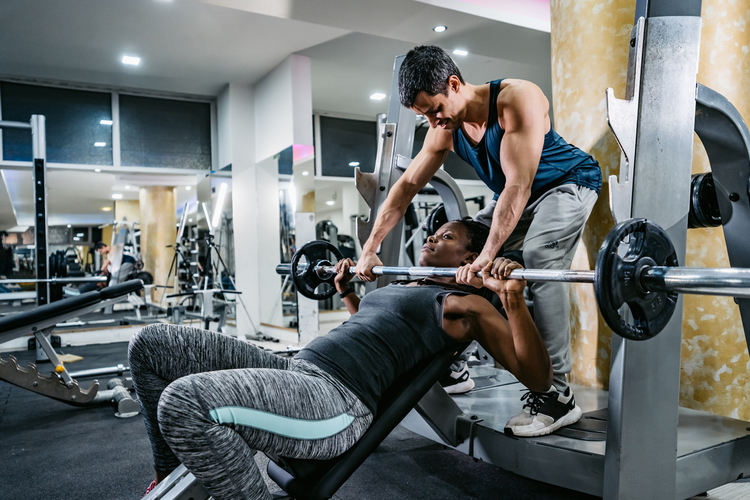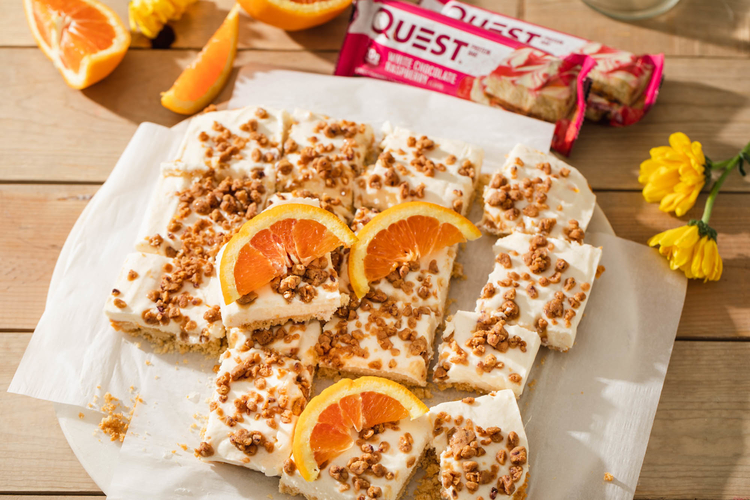If you read fitness and nutrition blogs written by people in the bodybuilding world, you hear a lot about macronutrients or “macros.” Do you know what they are? Because if you don’t, you are missing vital information on how to achieve your goals. Follow this three part series to learn everything you need to know!
The three main macros are protein, carbohydrates (including fiber), and fat. Knowing about macros, you can use them to your benefit, fueling your body to stay fuller longer, build muscle faster, and lose fat more efficiently. You can make the most out of your workouts and get the best bang for your nutritional buck, and fuel your body in the best way. And when you’re really in tune with the way you’re feeding your body, you won’t be inexplicably starving in the middle of the day — goodbye 3:00 pm energy slump!
Today, in Part 1, you will get a primer on carbohydrates, the macronutrient that makes up the majority of most people’s caloric intake.
What Are Carbohydrates?
Carbohydrates are the easiest source of fuel for the body. When you eat them, they’re converted into glucose. Your body can run on glucose easily, but most of us take in more carbohydrates than we need. The carbs we eat but don’t immediately use for fuel are stored in the muscles as glycogen. If you don’t use that glycogen for fuel, it is converted to fat. When you exercise for a sustained period of time at a high heart rate, glycogen is your primary fuel.
Glycogen in your muscles holds on to water (think carbo-“hydrate”). In fact, carbs/glycogen hold three times their weight in water. So if you’ve had a very carb-heavy meal and look and feel bloated afterward, don’t worry–it’s not body fat. It’s probably just what I affectionately refer to as carb bloat.
Fiber is a type of carbohydrate. It’s essentially just bulk that travels through your digestive system without being digested. It helps you feel full and moves the rest of the food you eat through your digestive system. Make sure you drink a lot of water when you increase your fiber intake to keep everything moving.
Sugar is another–less beneficial–type of carb. When you eat sugar, your blood sugar increases, and your body produces insulin to bring your blood sugar down (unless you are a type-1 diabetic). When insulin is released, this cues your body to store fat. Check out this informational video on insulin spikes and fat gain by Tom Naughton, producer of the movie “Fat Head.”
What about Gluten? Gluten is not a carb, it’s a protein found in wheat and some other grains. Gluten has been the subject of a lot of press lately; the paleo and Primal diets recommend cutting it out completely. It’s such a complicated topic, though, that it would take up the length of this blog to discuss it. If you’re concerned about gluten, I recommend checking out Mark Sisson’s article on the topic, found
here.
When you need Carbs:
Carbs are an easy source of fuel so they pick you up when your energy is low. Many fitness personalities “front load” their carb intake, meaning they take in more carbs in the morning and decrease their intake throughout the day. While there isn’t universal agreement that this is the way to do it, it has worked for me in the past, so I recommend giving it a shot.
After you work out, you need to refuel your body with carbohydrates. This is true even if you work out at night and you usually front load your carbs. A slight spike in insulin helps to drive protein into your muscles, so post-workout is the best time to have sugar if you’re going to have it at all. There are a number of health professionals who advocate eliminating sugar from your diet entirely. That’s a great thing to aspire to, but I don’t advocate eliminating entire food groups.
Scaling back on carbohydrates is the best–and fastest–way to lose fat. Forget the 1990s message to eat more whole grains! Choose your carbs carefully, eating lots of veggies, some fruit, and (depending on your sensitivities) brown or wild rice, oats, Ezekiel brand bread and cereal, and quinoa. If you avoid grains, eat more starchy carbohydrates like sweet potatoes before and after workouts.



